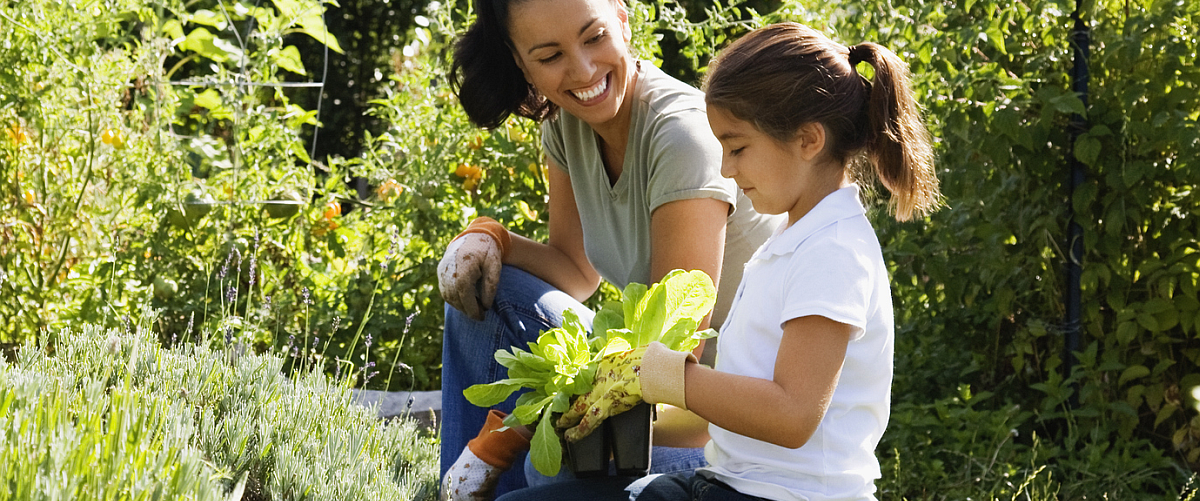Homegrown produce and herbs are incomparably delicious—and nutritious. There’s nothing like a freshly picked tomato combined with fragrant basil right from your back yard. Yet too many of us believe we don’t have the time, space or skill to manage a garden. If you feel like you just don’t have a “green thumb,” you’re not alone!

Gardening guru Marie Davis, Aramark Sustainability Manager
This spring, we want to you to warm up to the relaxing and rewarding hobby of home gardening. We know that you may have tried—and perhaps failed—before. Gardening fails are as common as, well, backyard gardens; they happen to almost everyone.
To help tackle the most common garden pitfalls, we chatted with Marie Davis, Aramark Sustainability Manager and gardening teacher, to soak up her vast knowledge and help you sow the seeds of confidence. Let’s dig in!
Your Top 11 Gardening Challenges, Solved
Marie is no stranger to troubleshooting gardening woes. “Quite often the first comment I hear from folks is, ‘I kill every plant I touch,’” she reports. “The good news is, the plants we grow outdoors are often easier to manage than those we grow indoors where a lack of sunlight and overwatering can be an issue.”
So even if you have a dead houseplant or two in your past, you can still cultivate an outdoor garden. Here, Marie fills us in on the top challenges faced by new (and even experienced) gardeners—and proven ways to overcome them. Whether your space is big or tiny, urban or rural, get ready to watch your garden grow.
1. Lack of space
Challenge: Gardening may conjure images of sprawling fields of flowers or vegetables, but few of us have that kind of acreage. So you may think you don’t have enough space for a garden.
Solutions: “If you only have a small space but want to have a much larger garden, I’ve definitely seen some neat ways to grow a garden in limited space,” encourages Marie. For a small yard, she suggests a raised bed to keep your garden contained. If you’re working with a balcony or patio, planters, pots, and window boxes can become your best friends. To maximize space, plant crops that can grow vertically, such as peas, beans, tomatoes and cucumbers.
Another option is to coordinate with neighbors to each grow one food and then share your harvest. And Marie is a big fan of community gardens if you can secure a nearby plot. Not only will you have more space to grow, but you’re bound to meet fellow gardeners!
2. Figuring out what to plant
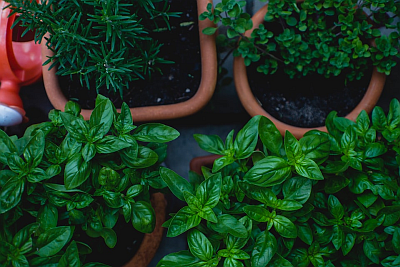 Challenge: One trip to the garden store and you might become overwhelmed with all the choices. Plus, not all plants will grow well in all climates. You won’t have much luck growing citrus in the northeast, for example.
Challenge: One trip to the garden store and you might become overwhelmed with all the choices. Plus, not all plants will grow well in all climates. You won’t have much luck growing citrus in the northeast, for example.
Solutions: Get to know the USDA Plant Hardiness Zones, a resource that will help you select the most appropriate plants and decide when to plant them. You can cross-reference the zones with information on seed or seedling packages.
From there, choose what you enjoy eating! “Radishes are a great pick for novice gardeners because they grow quickly with some varieties ready in just a few weeks,” says Marie. She also loves salad greens and leafy veggies like kale because they are easy to grow and don’t take up a lot of room. Then you’ll have a base for endless, nutrient-packed salads.
3. Choosing the right spot
Challenge: To be sure, not all land is created equal (see more on soil below). You want a gardening spot where plants will thrive and where you’ll enjoy spending time.
Solutions: Marie has a few pointers to help you choose the ideal garden location. First, the plot should be flat or gently sloped, so water doesn’t run off or flood your plants. Next, look for an area with at least six hours of direct sunlight per day, which is what most edible plants need to grow.
Convenience matters, too. If you see the garden often, you’ll be more likely to care for it. Choose a spot with easy access to a water source whether it’s a hose or sink. Finally, call 811 before you dig. The last thing you want is to accidentally hit a utility line.
4. Getting the soil right
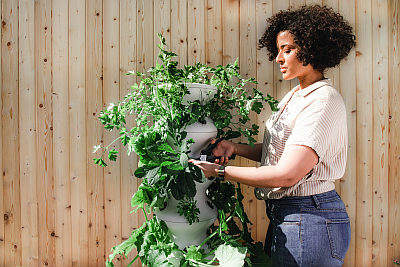 Challenge: The ideal gardening soil is called “loam,” which has a balance of silt, sand, and clay soil. Your yard might have more sand, which drains water too quickly, or more clay, which holds too much water.
Challenge: The ideal gardening soil is called “loam,” which has a balance of silt, sand, and clay soil. Your yard might have more sand, which drains water too quickly, or more clay, which holds too much water.
Solutions: If you’re unsure about your soil status, Marie recommends taking a sample to your local cooperative extension for testing. “This resource agency exists in every state and is a wealth of information on everything gardening,” she explains.
Add store-bought garden soil to compensate for imperfect conditions. If your soil has a lot of rocks or clay, it may be best to plant your garden in pots or raised beds, which you can fill completely with garden soil. You can also add compost to enrich the soil.
5. Timing is everything
Challenge: It’s important to develop your sense of timing as a gardener. Plant too early and your budding crops could be damaged by late-season frost. Plant too late and the seeds might not have enough time to grow.
Solutions: Learn the best time to plant each crop, as well as how long it takes to mature. Note when the last spring frost tends to happen in your area and schedule your planting around that date. Likewise, plan to harvest your bounty before the average first fall frost.
6. Weeding
Challenge: Sometimes it can seem like you’re growing more weeds than anything else!
Common weeds like dandelions and crabgrass are bad news because they compete with your plants for water, sunlight and nutrients.
Solutions: Weed control starts with knowing what the plant you’re trying to grow looks like so you don’t mistakenly pull it. You can spot a weed because it usually grows faster than grass and other surrounding plants. When removing weeds, pull out the entire roots or cut them off below the soil line so they cannot grow back. It’s easiest to pull weeds right after it rains when the soil is loose and moist. Weed a little bit each day and the work will feel less daunting.
To prevent weeds from happening in the first place, try mulching your garden beds, which helps block some of the sunlight weeds need to grow. Mulch will also retain moisture and protect your plants from heat and wind. It’s good stuff!
7. Pest control
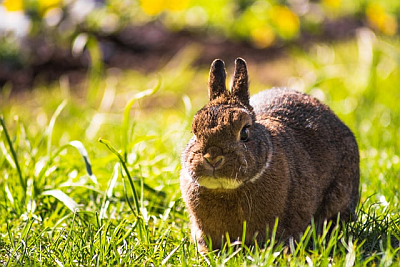 Challenge: You’re not the only one looking forward to eating those fruits and veggies! You don’t want to lose all your hard work to insects or wildlife.
Challenge: You’re not the only one looking forward to eating those fruits and veggies! You don’t want to lose all your hard work to insects or wildlife.
Solutions: Marie has quite a few pro tips to help you stand up to pest pressure. For example, you can plant onions and garlic, which are known to deter many insects. Plant marigolds along the border of your garden to repel both insects and nematodes (a.k.a., roundworms). Placing an open container of beer in the ground can also help trap slugs and snails. Better yet, she says, plant flowers that attract beneficial insects like beetles, praying mantises, and even some wasps, which will fend off the insects that can damage your garden.
The best control for critters like rabbits and deer is a tall fence, but that isn’t possible for all home gardeners. Try spraying a DIY deterrent that makes your plants not smell or taste so good. Marie suggests searching online for homemade recipes, which commonly include garlic, peppers and even soap. “Be mindful to dilute strong concentrations, as you don’t want to hurt the plant,” she cautions. “You can always contact your local cooperative extension with questions.”
8. Watering
Challenge: It’s tempting to water your garden a little bit every day, but this leads to overwatering—a common problem for beginning gardeners.
Solutions: Instead, give the plants a good soak once a week, aiming for one inch of water. Skip the leaves and water the root ball, where the water will be absorbed. Marie says it’s best to water in the early morning so the water doesn’t evaporate in the blazing sun, heat or wind. “If you live in a drought-prone area, you want to be especially mindful about your water usage,” she adds.
9. Extreme weather
Challenge: Harsh weather can do a number on an outdoor garden—and it’s entirely out of our control.
Solutions: An extreme event doesn’t have to spell doom if you pay close attention to the forecast and plan ahead. If a late frost is predicted, bring all potted plants inside. Protect outdoor plants with a plastic cloche (cut the bottom off a gallon milk jug and voila!) or a sheet or blanket.
If super-high temperatures pose a threat, move containers into the shade if possible. You can also create temporary shade with beach umbrellas or tents. And water your plants a little more often during these periods, as so much moisture will be lost to heat.
10. Aches and pains
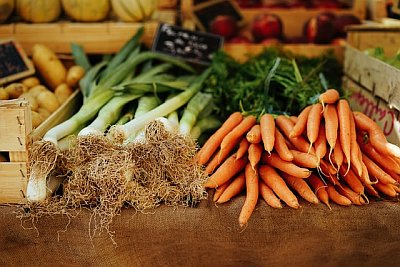 Challenge: Ouch! All that kneeling and bending over can be tough on your muscles and joints.
Challenge: Ouch! All that kneeling and bending over can be tough on your muscles and joints.
Solutions: As with any form of physical activity, gardening takes a little practice and the right tools. To prevent gardening discomforts, warm up or stretch before you garden and change your position often. A foam kneeling pad is a good investment here. And remember to take breaks from gardening as you need them.
11. Cost
Challenge: Like with many hobbies, the costs of gardening equipment can add up.
Solutions: To keep expenses in check, go in on seeds together with your friends or see if any local groups host seed swaps. Used tools are often just as good as new, so turn to yard sales for low-cost options. “Don’t overlook your local gardening store either. In addition to having sales, they often have slightly used tools available for purchase,” Marie points out.
Upcycle household items as planters, too, such as colanders, teapots and dog food bowls. Just add holes for proper drainage if needed.
Get Those Hands Dirty
We hope this primer encourages you to roll up your sleeves and give gardening a try. Marie’s best advice for greenhorn gardeners? “Start slow and get to know your space well.” And if you wind up with an overabundance of produce at the end of the growing season, we’ve got tips for that too!
When you’re ready to show off the fruits of your labor, tag us on Instagram @Aramark
Note: Since everyone’s health history and nutritional needs are so different, please make sure that you talk with your doctor and a registered dietitian to get advice about the diet and exercise plan that‘s right for you.

